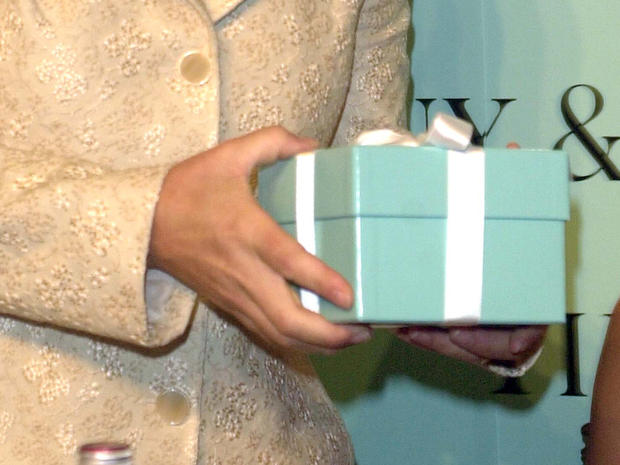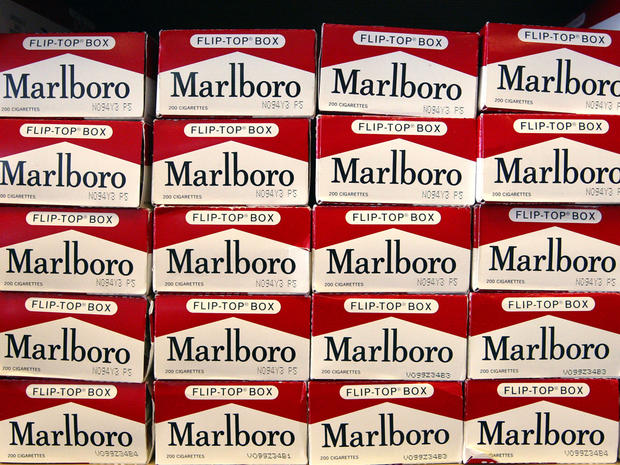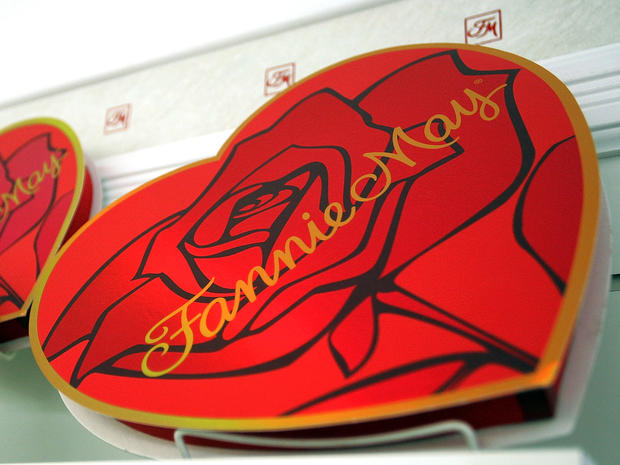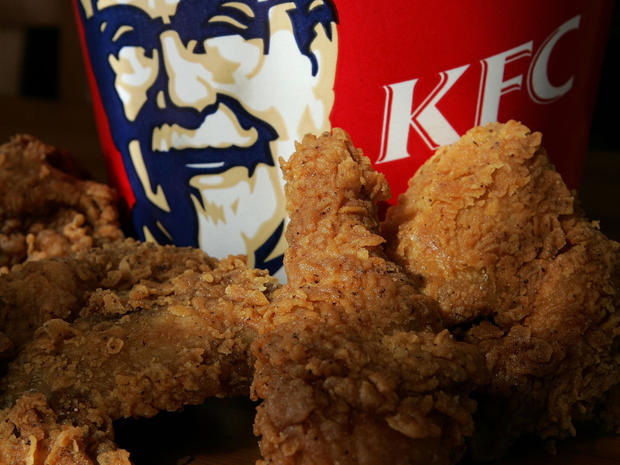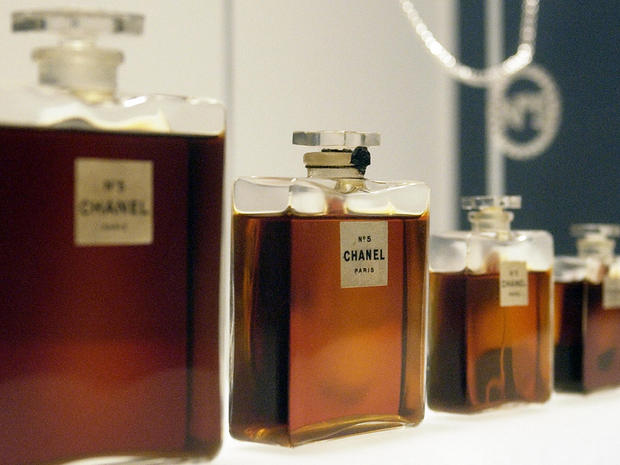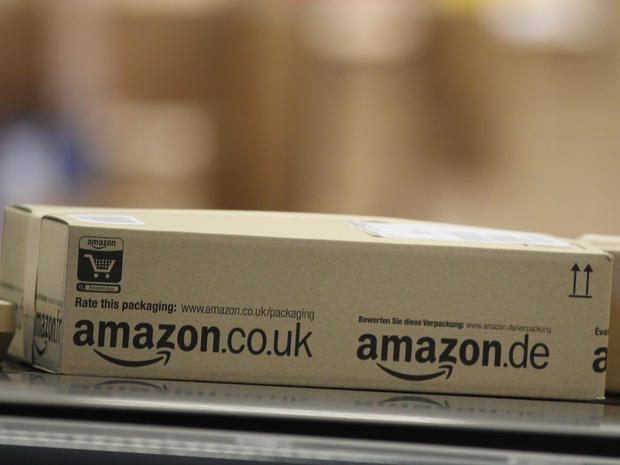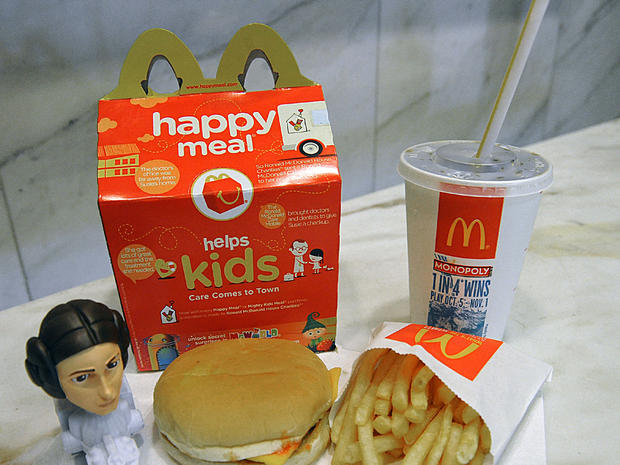10 of the world's most iconic packages
Has there ever been a product package as iconic as the Tiffany & Co. (TIF) box?
Normally, sales packaging holds little significance beyond its practical designs. A box or bag is torn open to reveal its contents and then discarded without a second thought. Not so with Tiffany, whose robin's egg-blue box is so beloved that the company now sells a tiny version of it as a $250 charm. The box has inspired table centerpieces, wedding decorations and party cakes.
In many ways, the jewelry and design store's signature packages have become more valuable to the company than what they contain. And in that respect, Tiffany has hit the product packaging jackpot. The box was named by Adweek last month as the world's most popular package.
Tiffany isn't the only company closely identified with its packaging. Other containers have taken on a cultural resonance as well. Some are instantly recognizable, while some evoke fond memories or feelings of anticipation.
"A good package design, which is disruptive, defiant and daring, often resonates with the zeitgeist of the times," Dan Balan, CEO of business transformation firm Fastraqq, told CBS MoneyWatch. It authenticates the company and extends the brand over time, he added.
Read on to see nine other memorable packages.
Campbell's Soup can
Andy Warhol prompted America to view the red-and-white Campbell's can in an entirely different light in 1962 with his series of canvases showing each of the company's soup varieties.
Warhol's exhibition sowed controversy in the art world, with many people initially writing off the work as a joke. Others thought Warhol was making a statement about consumerism and corporate identity. Whatever the case, Warhol's career was soon on fire.
William Beverly Murphy, then CEO of Campbell Soup Company (CPB), was initially concerned about the work, the company says. He decided to take a wait-and-see approach, and the company eventually voiced its support and even began sending Warhol cases of its soup.
Heinz ketchup bottle
There is a certain logic to the Heinz octagonal ketchup bottle. The curved neck was designed to encourage the ketchup to flow out smoothly, according to a 2011 book about the design by branding expert Marcel Verhaaf. The narrow mouth exposed as little of the condiment to air as possible. Bottles with wider mouths turned the ketchup brown faster.
Heinz debuted the ketchup in 1876 in a keystone-shaped glass bottle, and 14 years later developed the iconic glass bottle still familiar to Americans today. While many restaurants continue to use the glass bottles, Heinz removed them from grocery stores decades ago in favor of squeezable plastic packaging. Heinz did sell a limited-edition glass bottle in grocery stores in 2011.
The company is fiercely protective of its bottle design, and earlier this year sued a Texas condiment maker for producing a bottle of ketchup that it said was nearly identical to the Heinz design. The case was settled a month later when the Texas company agreed to change its bottle shape.
Marlboro box
Marlboro completely overhauled its box design in 1955. Back then, believe it or not, the brand was favored by women, who at the time tended to buy more filter cigarettes like Marlboros.
Philip Morris wanted Marlboro to appeal to men as well, and introduced a striking design with sharp lines, a bold red color and a gold crest.
But that wasn't enough for the company. It then rolled out the influential Marlboro Man, along with the "Marlboro Cowboy" and "Marlboro Country" campaigns.
Smokers of both sexes were hooked, and Marlboro soon became the No. 1 cigarette brand. Marlboro "ruled the world of brands like a lion in a jungle," says Balan at Fastraqq. "The brand symbolized a rugged maleness to which all men aspired."
Heart-shaped chocolate box
It doesn't matter who the manufacturer is. If you see a red, heart-shaped box, you know exactly what's inside. Everyone from Godiva to Walmart (WMT) uses the design, applying a seemingly endless number of variations for such a simple package.
Candy company Russell Stover covered one of its boxes with black lace, for example, and while some drugstores initially complained the package was too scandalous for their shoppers, the lingerie box quickly became one of the company's best-selling products, Businessweek reports.
The KFC bucket
Kentucky Fried Chicken sold its first bucket of chicken to go in 1957 at a restaurant in Salt Lake City. Since then, the bucket has become one of the most recognizable images in fast food. The restaurant still sells the bucket, and last year launched a $10 Weekend Bucket with 10 pieces of chicken for $10.
The chain's various bucket iterations are now hot collectors' items. One used chicken bucket was selling on eBay (EBAY) this week for $49. Chicken not included.
Chanel No. 5 bottle
It's hard to know if the perfume or its container enchanted Paris more when Chanel No. 5 debuted in the 1920s. Decades later, both perfume and bottle are still revered as revolutionary.
The timeless, simple design of the bottle speaks volumes, writes the Design Sponge website. "From its starkly faceted form to the single white label emblazoned with crisp, black sans-serif text, the object is modernity at its finest."
Chanel last year began selling a transparent, plexiglass clutch modeled after the bottle. But don't even think of buying one unless you have a small island you can pawn. The company says the price is available on request.
Amazon delivery box
Come on, the Amazon box? It's just a cardboard box!
Leave it to Amazon (AMZN) to inspire excitement from a plain brown box with the company's logo on it. Amazon boxes are raved about so enthusiastically on Twitter you'd think they were the online shopper's equivalent of the Tiffany blue box.
"Feeling spoiled -- just got home to two big Amazon boxes," wrote one user. "I hide my Amazon Prime boxes under the bed so no one knows how bad my addiction got," added another.
People have made birthday cakes and action figures that look like Amazon boxes.
Ben & Jerry's container
Ben & Jerry's ice cream pints are just as distinctive as the flavors inside, and stand out in a crowded freezer aisle. The containers have contemporary, fun labels that use strong graphics in unpredictable ways.
"The box communicates abundance, friendliness and a sense of invitation," says Balan at Fastraqq.
The iconic cartons have been parodied by artists, including one who created mock flavors based on the show "Mad Men" -- vodka ice cream with chocolate cigars, anyone?
Happy Meal
Advertising executive Bob Bernstein created the Happy Meal box in the late 1960s when McDonald's (MCD) wanted to attract more children to its locations. Bernstein got the idea after watching his 10-year-old son stare at a box of Fruit Loops while eating the cereal for breakfast.
The box, along with the toy inside, soon became a predictable order for generations of children. But the chain may need more than a colorful box to attract kids in the future. Recent research from Technomic shows families with a child only account for 14.6 percent of McDonald's visitors, down from 18.6 percent in 2011.
